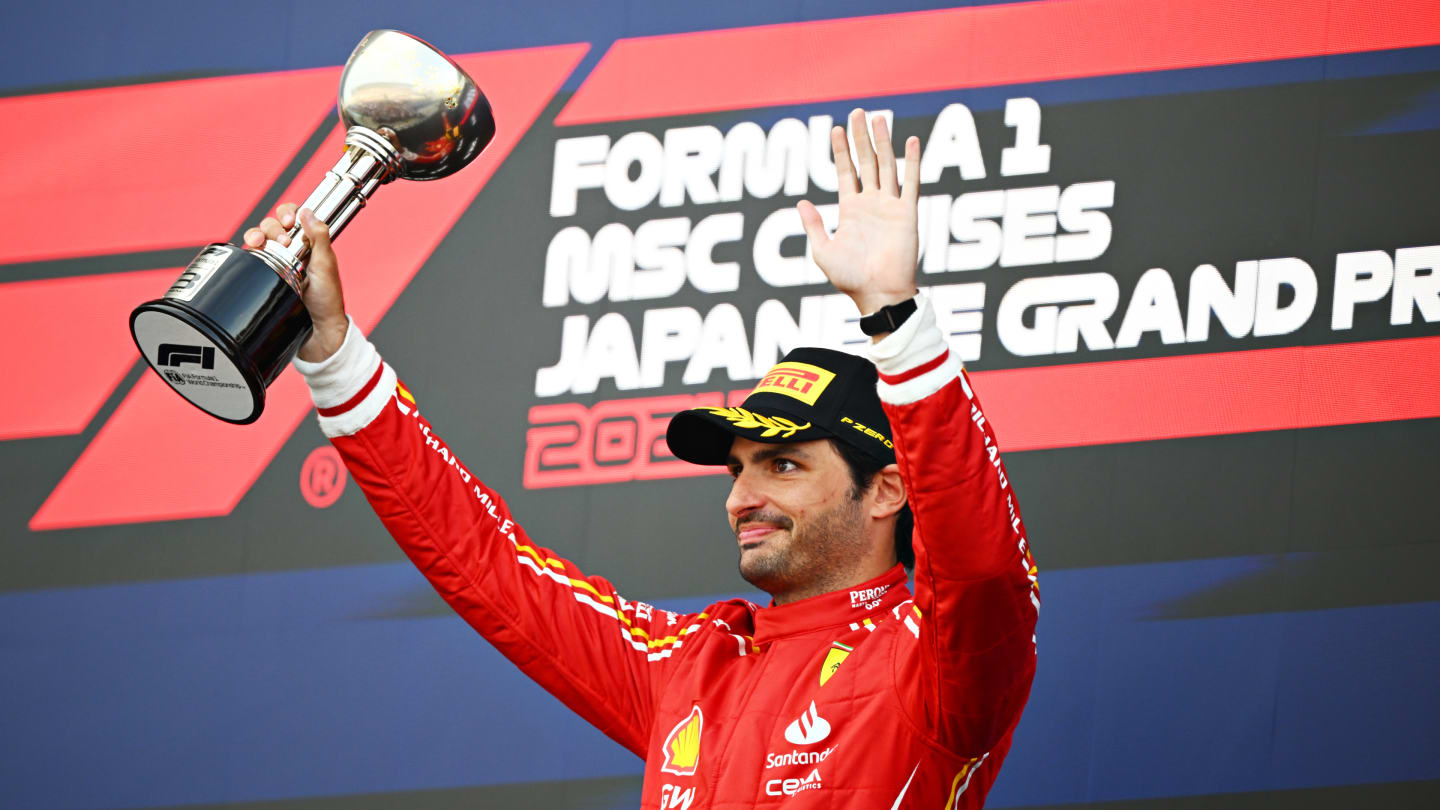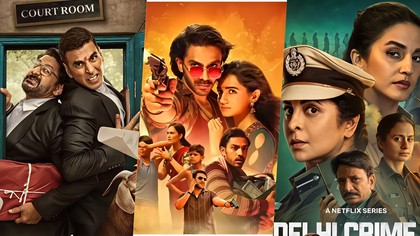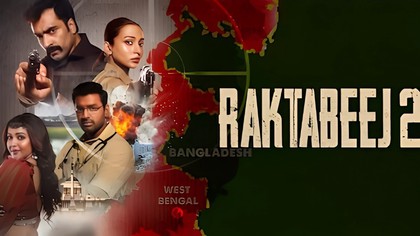Key Takeaways From the Article
- Drive To Survive's impact on enhancing the reach of the audience in F1.
- India's marketability as one of the Top 5 viewers of F1.
- Social Media and User Generated Content's (UGC) impact on F1's rise to fame.
- What's in store for F1 viewers in the country with no broadcasting sponsor?
In a country where cricket has always been the champion of sports, Formula 1 racing found its 'lane' on Indian screens and hearts, largely thanks to Netflix's docuseries, "Drive to Survive."
The show not only introduced the high-octane world of F1 to the uninitiated but also rekindled the love of motorsport enthusiasts. Here's a deep dive into how "Drive to Survive" managed to put F1 on the fast track to popularity in India.
The Unseen World Behind the Glamour
"Drive to Survive" gave fans a sneak peek into the world of Formula 1 racing. By showcasing the blood, sweat, and tears that go into every race, the series created a relatable and awe-inspiring narrative. The struggles and successes of drivers, the tactical genius of team principals, and the sheer willpower to cross the finish line first were laid bare for the audience. This storytelling approach turned athletes and managers into heroes and villains, weaving a dramatic narrative that hooked viewers episode after episode.
Personalities Over Cars
Traditionally, the focus in F1 was always on the cars and the technology. However, "Drive to Survive" shifted the spotlight to the personalities behind the helmets. From Daniel Ricciardo's infectious laughter to Lewis Hamilton's champion persona, the series showcased the human side of the sport. The audience could catch a glimpse of the champion mindset and how the sport, may seem easy, but requires a lot of mental strength. This shift made F1 more accessible and relatable to the Indian audience, who could now root for their favourite personalities, not just the fastest cars.
A Cultural Phenomenon
The impact of "Drive to Survive" in India went beyond just viewership numbers. It became a cultural phenomenon, sparking conversations in offices, college campuses, and on social media. F1 viewing parties became a thing, and social media was abuzz with discussions and debates about each season's twists and turns. This communal viewing experience created a sense of belonging among fans, further solidifying the sport's place in the Indian cultural landscape.
Bridging the Digital Divide
India's digital revolution played a pivotal role in the success story of "Drive to Survive." With the advent of affordable internet and the proliferation of streaming platforms, content that was once considered niche became accessible to a broader audience. Netflix, understanding the potential in the Indian market, made "Drive to Survive" easily available, thus tapping into a demographic that was ripe for the taking.
The Role of Social Media
Social media acted as the turbocharger in spreading the word about "Drive to Survive" and F1. Memes, clips, and quotes from the series went viral, creating a buzz that was hard to ignore. Influencers and celebrities talking about the series also added to the fervour, making F1 a trending topic. This digital word-of-mouth was instrumental in attracting viewers who might not have been traditional sports fans.
Education Through Entertainment
For many Indians, "Drive to Survive" was a crash course in F1. The series explained the in a way that was engaging and easy to understand. This educational aspect, combined with the entertainment value, made fans feel more connected and invested in the races. Understanding the intricacies of tyre strategies or the importance of aerodynamics added layers to the viewing experience, making each race not just a spectacle but a lesson in engineering and strategy.
The Future of F1 in India
The success of "Drive to Survive" has paved the way for a brighter future for Formula 1 in India. With a growing fan base, there are talks of bringing the F1 Grand Prix back to India, a move that could further solidify the sport's presence in the country. The series has also inspired a new generation of motorsport enthusiasts, some of whom dream of representing India on the F1 circuit one day.
The Impact of 'Drive To Survive'?
"Drive to Survive" did more than just make F1 popular in India; it transformed it into a cultural sensation. By humanizing the heroes of the track, demystifying the sport, and leveraging digital culture, the series created a new community of F1 fans in India. As the engines roar and the lights go out, one thing is clear - Formula 1 has found a home in India, and the race has only just begun.
"Drive to Survive" managed to shift gears and accelerate Formula 1's popularity across India. However, with no broadcast sponsor in the country, the irony is not lost. India is among the Top 5 markets of viewership. With Disney+Hotstar backing out, the ball is in Reliance's court to grab the chance.












